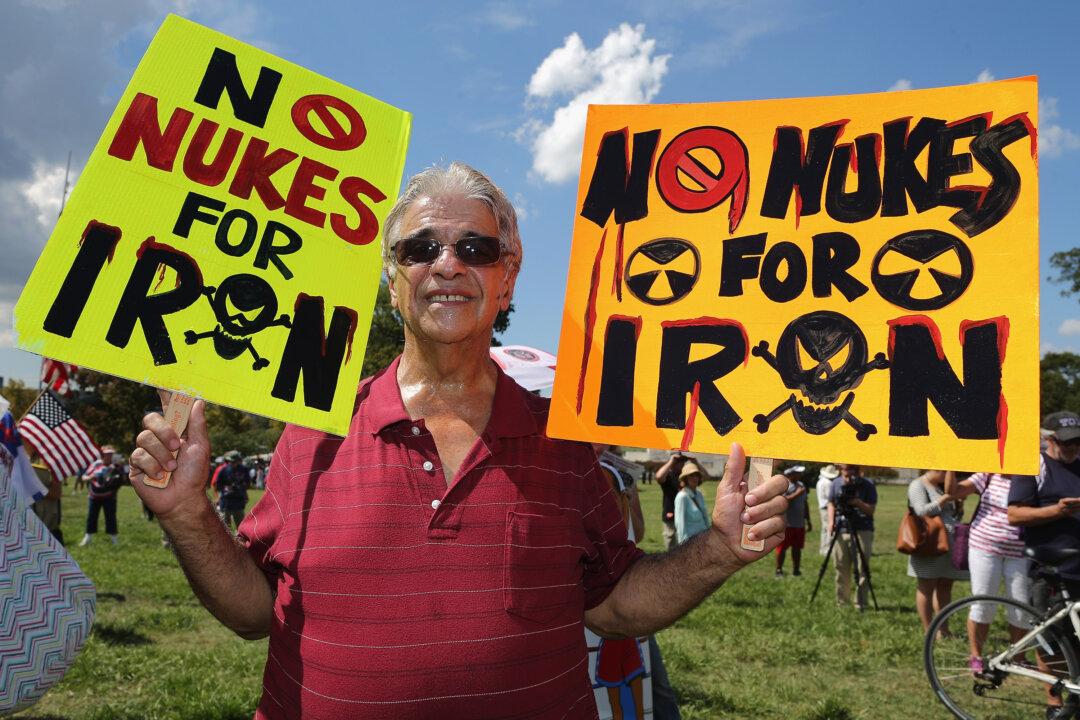Commentary
Conventional wisdom—and the Biden administration—says a new Iran deal is necessary before the Islamic Republic creates a nuclear weapon. And, in fact, Iran has close to enough uranium to build at least a single atomic weapon.

Conventional wisdom—and the Biden administration—says a new Iran deal is necessary before the Islamic Republic creates a nuclear weapon. And, in fact, Iran has close to enough uranium to build at least a single atomic weapon.